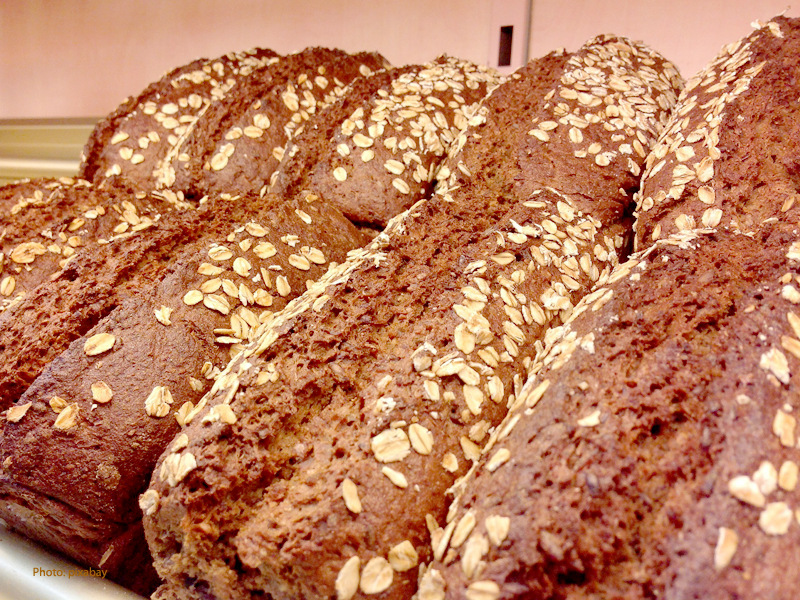Rye bread is one of the grain products that we sometimes enjoy. For some people, rye bread plays the role as a new taste in stead of the popular bread from wheat flour. To some people, it is impressive not so strong till the time they read its nutritive value for health by accident.
In reality, rye bread or rye itself are good but they seems to be in the humble status compared with wheat or wheat flour or some other grain types. However the value of nutrition in detail from rye may surprise many people.
Origin of rye
Rye bread may be loved by many people but not all know clearly its origin or value to health. For some words to introduce about the rye, it is concise that rye or Secale cereale is a member of Poaceae family which is very close to wheat and barley. It was first domesticated in Turkey as small area but till 1500-2000 years BC, the cultivation was mentioned.
It is believed that rye was mixed with the wheat first and only later then was cultivated separately. The consuming of this cereal grain was also less popular from the first time and considered as a type of poor food that only used for averting starvation.
Lately, around 5th-15th centuries, this grain was planted widely in Europe and now is commercially grown in some area there as well as other area in the world.
Description
Related to description, Secale cereale could stand the cold climate better than other grains. It also grows well in poor soil or the soil with sand and peat.
The rye grain is slender and about 9-12mm long with yellow brown or gray green color. It is much like wheat but longer.
The gem and bran or the rye is hard to be separated from its endosperm even through the process and perhaps that is the reason the rye would still contain high nutrition content after processing.
Rye as food

Rye bread is good of course it is, because the rye is very rich in nutrients. The number of nutrients is accounted to 80 substances includes types of vitamins as B, C, D, E…and minerals as iron, phosphorus, copper, zinc, potassium…and others.
A 100g of whole rye grain contains about 61% of fiber, 129% of manganese, 47% of copper, 39% of pantothenic acid, 27% of magnesium of daily value and other nutrients.
Not only rye bread, the rye could be cooked directly as cooked rice, or to porridge or ground into flour to make varieties types of pancakes and muffins. This cereal is also used to produce some types of alcohol drink as whiskey or beer. Other beverage kvass – a popular fermented drink from Russian culture which used rye bread is also known.
How to cook rye
Rye bread has its way in making considered to be same with other breads with the flour produced. And how to cook rye in the case we do not use the flour? It is easy. After rinsing, rye could be cooked directly with water and a little amount of salt. The ratio of rye and water is about 1/ 2.5 and the cooking time is about 1-1.5 hour.
We could also soak the grain overnight and cook to get the softer cooked rye.
Rye is possible to use alternative to other cereals as wheat or rice and its flour is the same.
And with some short information related to rye as above, we know more about rye and could list this grain into our menu as a nutritional food sources to make our meals more popularly and richly.









